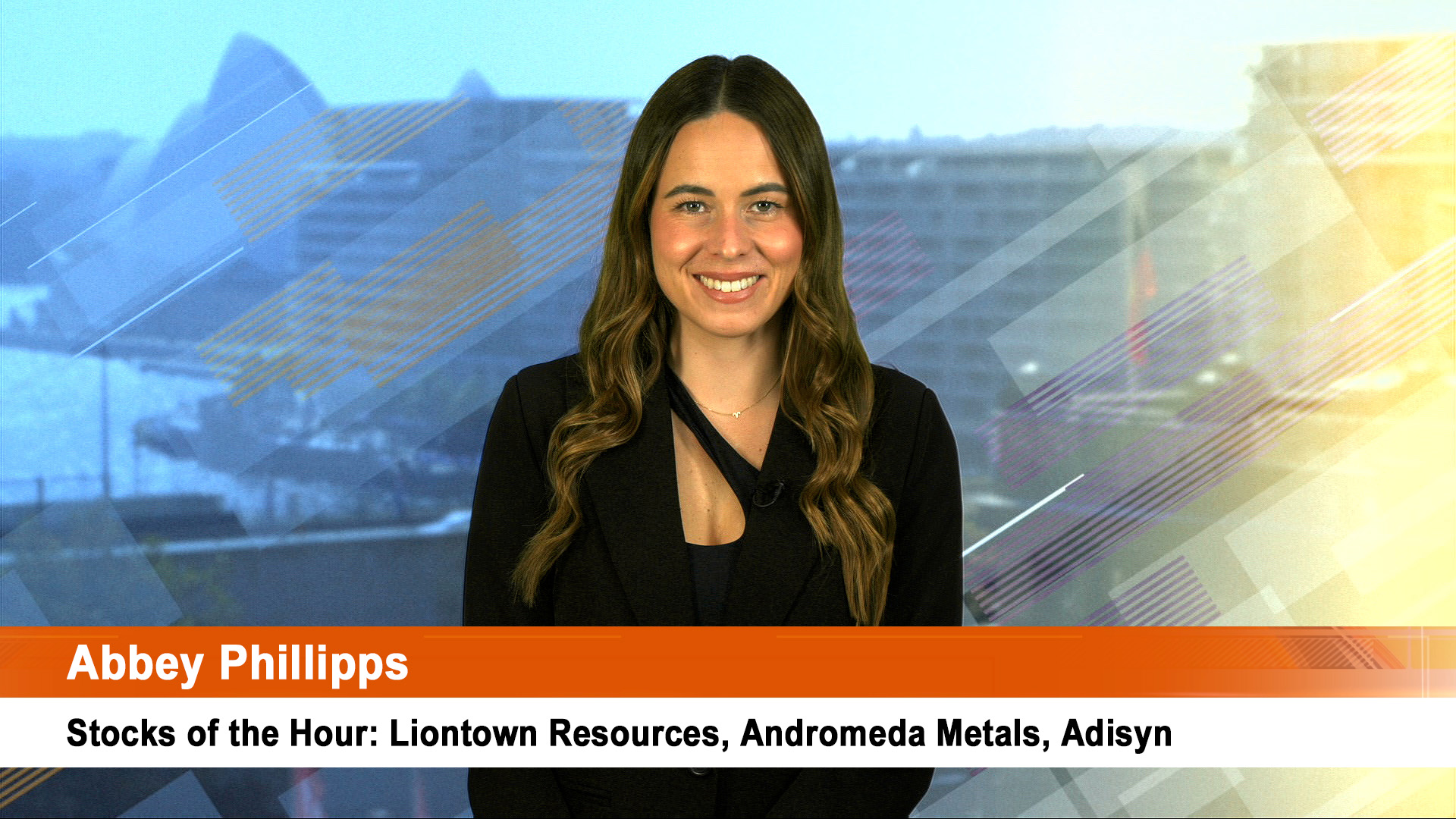
Once again attention will be on the US and Wall Street with more statistics for release, the fate of Citigroup, some earnings and whether news of President-elect Obama’s new economic team will still have the impact it did late Friday when it boosted the market more than 6%.
In Australia there are also a couple of important figures for release and some major corporate AGMs including BHP Billiton, Qantas, Woolworths and David Jones, all of which should see trading updates and earnings guidance, and in the case of BHP, something perhaps on the future of the sagging bid for Rio Tinto.
The updates from Harvey Norman, Woolworths and David Jones will tell us if the sagging performance in the first quarter has spilled over into October and November, as many investors and analysts suggest. That has been the experience in the US, UK and European retailing sectors.
The fate of Babcock and Brown, the battered Sydney-bsed investment bank, will hold most attention though with the dispute with a major lender still unsettled and worries about some of the investment funds.
We will also get updates from the Australian Bureau of Statistics (ABS) on construction activity, business investment, home sales and private sector credit will be released.
The Reserve Bank’s credit figures on Friday for October will give us the first glimpse as to whether the credit freeze offshore has had a significant spillover here, as anecdotal reports suggest. The credit figures will go well with the retailing updates from those three major groups.
The AMP’s Dr Shane Oliver says we should keep an eye on the capital spending plans. (The Reserve Bank will be.)
"So far they have held up reasonably well but its likely they will now show deterioration on the back of the slump in business confidence, the deteriorating profit outlook and the increasing difficulties involved in securing finance.
"The slump in investment plans is likely to be greatest in the mining sector where projects are being cancelled left right and centre in response to falling commodity demand," he said on Friday.
We got a hint of the slowdown from last week’s update on mining and energy projects from ABARE, the Federal Government’s prime resources adviser.
But it will be the US that attention remains focused on after last week’s miserable trading, plunges in bond yields and unwanted developments (such as the dividend yield on the Standard & Poor’s 500 crossed over and exceeded the yield on the 10 year US government bond which sank to new lows).
Last week was also one where the S&P 500 became, in the words of the Financial Times, the S&P 256.
To qualify for the index, companies have to have a minimum market cap of $US4 billion. Early Friday, only 256 did, with the smallest, just $US150 million.
The index won’t shrink though because it is set by a committee, not automatically. It’s a sign of the damage done to share values around the world.
Bloomberg estimates that $US33 trillion has been wiped off market values since the crunch started.
Commentators said however that the way markets traded last week in the US is pointing towards deflation and a very bitter recession in America.
October was a rough month, November is no better and December is looking just as bad, with the usual retail trading season due to start Friday after Thanksgiving Thursday in the US.
The stockmarket will only be open three and a half days. Thursday is a holiday and Friday is a half day.
The tone of the next month could be set by the level of sales reported Friday, which is known in the US as "Black Friday"; not for the doom and gloom, as you’d expect at the moment, but because it’s when US retailers usually start making much of their profits for the year.
The holiday-shortened week begins with President-elect Obama introducing his economic team, including Timothy Geithner, president of the New York Federal Reserve Bank, as his Treasury Secretary and Lawrence Summers as his senior White House adviser.
Investors will be looking to Obama and Geithner for signals on what they’ll do to stem the economic crisis.
The President-elect said at the weekend he had ordered his economic advisers to produce a plan to create 2.5 million new jobs over the next two years.
"We’ll be working out the details in the weeks ahead, but it will be a two-year, nationwide effort to jumpstart job creation in America and lay the foundation for a strong and growing economy," Obama said in his weekly radio address.
His announcement came after government data showed that new jobless claims had surged to a 16-year high of 542,000, in a new sign that the world’s largest economy appeared to be sliding into a deep recession.
This year, the US economy has shed 1.2 million jobs, and the Fed has warned the unemployment rate could hit 7.6% next year. It is 6.5% at the moment.
In the past week alone, markets erased more than a decade of gains as banks, led by Citigroup, hit new lows and worries mounted about the likelihood of a bailout for car giants like Ford and GM.
Key economic indicators this week in the US include existing-home sales for October, consumer sentiment and confidence, the weekly US jobless claims, durable good orders, personal income and consumption.
The most important though will be the second reading of economic growth for the September quarter on Tuesday night.
The first estimate was a contraction of 0.3%; now the market consensus is a fall of 0.5%. And more to come this quarter, possibly as much as 4% by some estimates.
Citigroup will be the centre of attention to see if there is any move for a sale or gov













